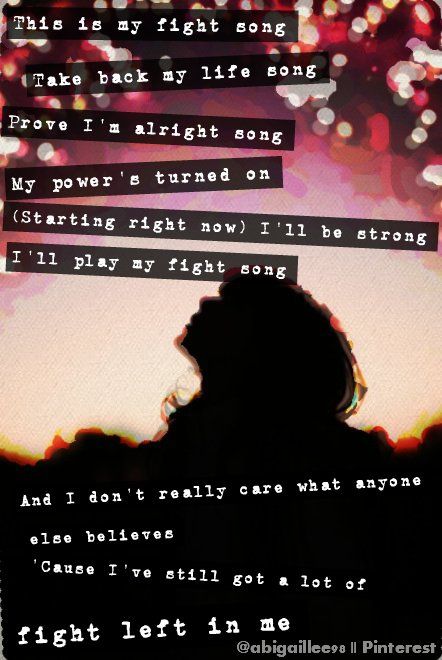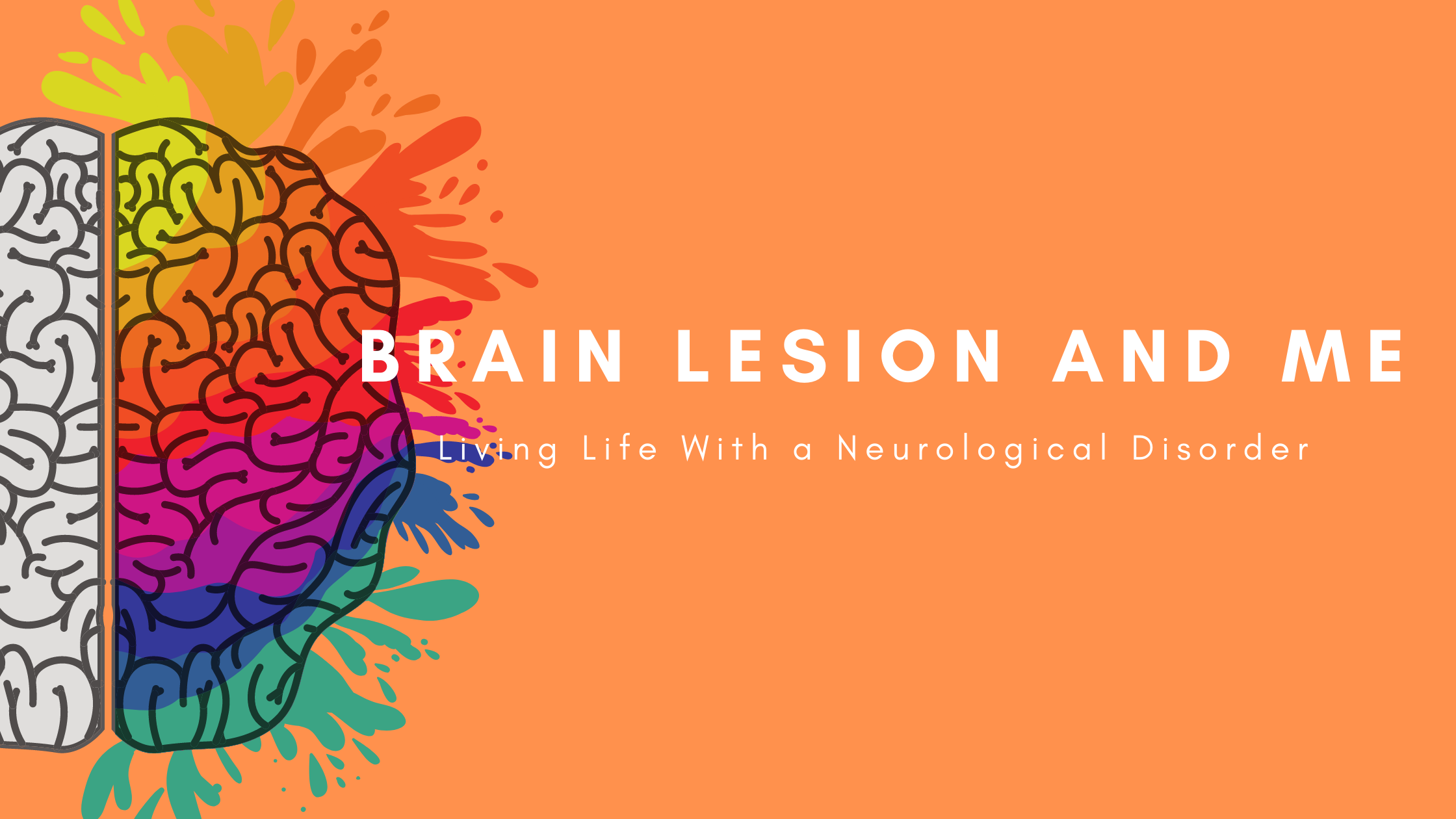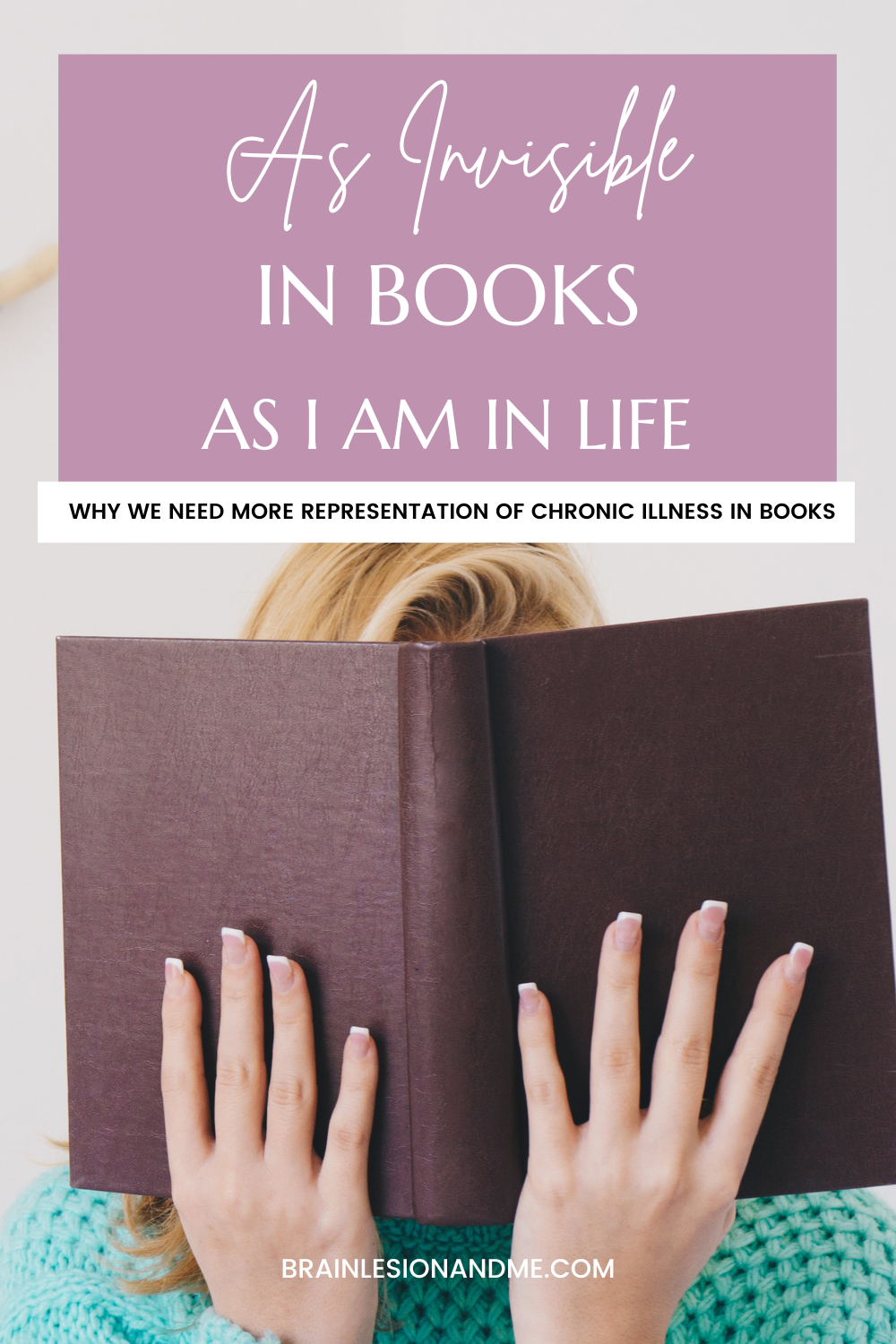Imagine walking down a busy street. Look at the faces of the people walking past you in the street. Every one of those people will currently, or at some point in their history has faced a battle. One of them may be living with a battle that I currently face; a battle of living with an invisible illness.
Invisible Battles, Known Only To Those Fighting Them
Some of these battles may be visible, detectable to others, eliciting empathy and compassion. Other conflicts, however, are invisible; concealed from everyone else, like a deeply hidden secret – a struggle known only by the person carrying the burden of the fight.

I am one of those people who is fighting an unseen, invisible fight. If you were to see me, you would never know that I have a neurological condition — the only signs being when I am staggering along with my crutch. Or on the days where weak legs confine me to the use of a wheelchair, even then I am met with stares silently asking why I need such aids.
"I am one of those people who is fighting an unseen, invisible fight—an invisible battle of living with an invisible illness." Click To TweetFor Me It is Not An Invisible Illness, It Is My Life
The personal fight I face as a result of my neurological condition although may not be visible to others, for me, however, is very real. For me, it is not an invisible illness; it is my life. Every step is a struggle, with legs trembling so much that it feels as if they will buckle, although no one can see. For others, the world is still, unmoving.
The world in my experience, however, seems off-balance. As though everything is slightly tilted. At other times it seems as if there is constant motion. Every day I fight against fatigue and for the ability to do everything that everyone often takes for granted. Such as being able to go shopping, take a shower or cook a meal for the family.
"For me, it is not an invisible illness; it is my life." Click To Tweet
Every day is a battleground between myself and my body. Like with any battles in history, there are times I am forced to surrender. Such as those days when my legs are so weak. Or the dizziness so severe that I am unable to get out of bed. The days I am forced to surrender to my condition and stay confined to my bed. That’s the thing about living with a chronic illness; it is often a balancing act between surrendering to our symptoms and fighting against them.
"Every day is a battleground between myself and my body." Click To TweetThe Fight Against The Assumptions of Others
It is not just the symptoms that we have to fight. We also have to fight against the judgements of other people regarding our long-term health conditions. At the start of our chronic illness journey, people greet our new circumstances with understanding and compassion, friends and family make allowances for our limitations. As time passes, however, the understanding and compassion dissipate, replaced with frustration. Frustration at us still not being well enough to go out and take part in activities we used to before illness took over our lives.
The grievance at the chores still left untouched as illness still will not allow me to attend to them. My parents, although supportive and understanding will sometimes feel embittered at finding certain chores untouched. Some days have to be waived for a day on the sofa due to debilitating and unrelenting symptoms. And they are unaware of this as to look at me, you only see a healthy woman.
To Live With An Invisible Illness Instead of Surviving
It may seem that the neurological condition takes a significant amount of space in my life; it, however, does not own or control me. Yes, it may borrow my life at times, restraining me to the four walls of this house I live in, but the condition does nor ever will take my entire life. There are certain things that I am unable to do because of this condition. Particular baggage that it has created, but there are still plenty of other things that I can and have done that I can still do.

This unseen condition may fight for control for every facet of my personal life. Now, however, I have chosen to fight back. Although I have not won control for every area of my life, I have elected to manage aspects of my life that I do have control over. I have chosen to live side by side with my condition instead of merely enduring life with it.
I choose to live rather than simply survive.






asouthernceliac
Great post for Invisible Illness Awareness! You have inspired me to write something this month, since it is Pain Awareness Month and has Invisible Illness Awareness Week.
I love when you said “it may borrow my life,” that’s so true. Illness can take away days or weeks of our life, but we’re still here fighting to live and love and do our best despite the battles we are facing!
1littlesister
Brianna, This is a tool I use often when trying to explain to “Unhindered” folks: http://www.butyoudontlooksick.com/articles/written-by-christine/the-spoon-theory/ I was so excited the first time I saw it. It fits, it fits, it fiiiiiiiiits!!!!!!!
M
Very interesting post! I have a teacher who is diabetic and suffered a stroke but his neurologic impairment is more or less completely invisible. He looks fine one day but then the next day he’ll become dizzy and weak and I just wanted to know what he might be going through and I found your post. Thank you!
p.s I make films about another neurologic condition called Cerebral Palsy here http://cripvideoproductions.com and here http://cripvideoproductions.tumblr.com in case you are interested.
M
I commented here about a year ago. I just wanted to let you know I am now making a film about someone with a condition that is somewhat similar to yours here http://cripvideoproductions.tumblr.com/post/157585455766/a-stroke-of-endurance-casting-call
oneperson
Hi Rhiann,
I follow you over on Twitter and always enjoy the links you post.
I live with polyradiculitis, which means multiple nerve roots are swollen at the spinal cord. It is usually associated with Chronic Inflammatory Demyelinating Polyneuropathy (CIDP) and Guillain-Barré Syndrome (GBS). I have the same symptoms as those diseases, but I do not have CIDP or GBS. My legs, feet,arms, hands, back, neck, and jaws are affected – not to mention having or having had headaches, dizziness, digestive issues, cognitive impairment, fatigue, and other stuff.
When the illness was at its worst, I could barely lift my arms and of course walking was clumsy and slow (still is). I felt my body was being sucked to the center of the earth, the heaviness was indescribable. My arms and hands were worse than my legs and feet; I couldn’t lift them beyond maybe about 30 degrees. I used to feel sensations like wet, heavy sand moving about in mercurial waves inside my forearms. I had other odd symptoms. Luckily, I have had incremental, slow improvement beginning in June, 2015. I developed the disorder beginning in April, 2011, and it continued to worsen up until that time (though it continued to spread until January, 2016).
I’ve read parts of your story and can relate to the some of the symptoms you suffer and manage.
I receive lumbar epidurals every 12 weeks and neck injections every 6. So my symptoms improve and worsen on the timetable with my injections. During my “good” days/weeks, a person wouldn’t be able to observe the severity of my symptoms. And when I have to go out during my bad days/weeks…I often do my best to present well. Though I do that less these days.
I’ve often wished I had cameras set up around the house so people could see what I go through to do the simplest of tasks…and why I can’t commit to many things outside self-care and some pets that I pet sit for income. I know anyone managing chronic illness goes through similar thoughts/feelings. Along with the slew of other thoughts/feelings.
I continue the balancing act of acceptance but not defeat. I read that you have read at least one of Toni Bernhard’s books. I have also found her sharings helpful in managing my own illness. One day as I was battling my own body, I felt the need to surrender – to give in but not give up. I googled those words and found one of Toni’s articles on that subject. Here is the link for anyone interested: https://www.psychologytoday.com/blog/turning-straw-gold/201604/when-you-re-chronically-ill-giving-versus-giving-in
Thanks again for sharing…and ‘listening.’
~carol
M
I commented here in 2016 and 2017. I just wanted you to know I finished my film “A Stroke Of Endurance” about a college professor with a condition somewhat similar to yours. Here is the link http://cripvideoproductions.com/astrokeofendurance.php